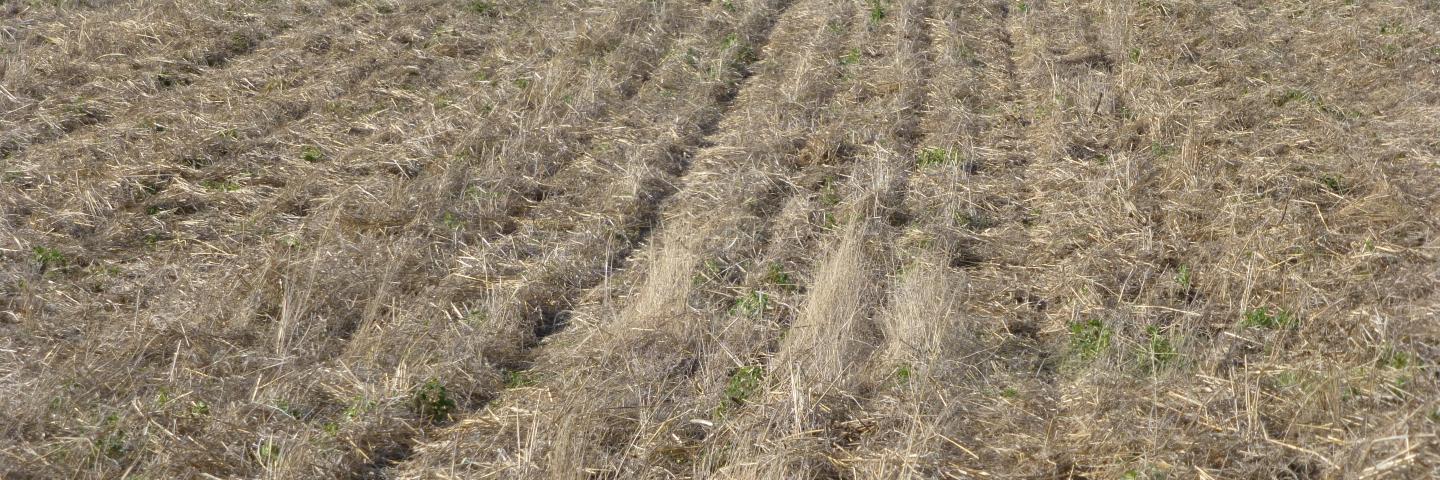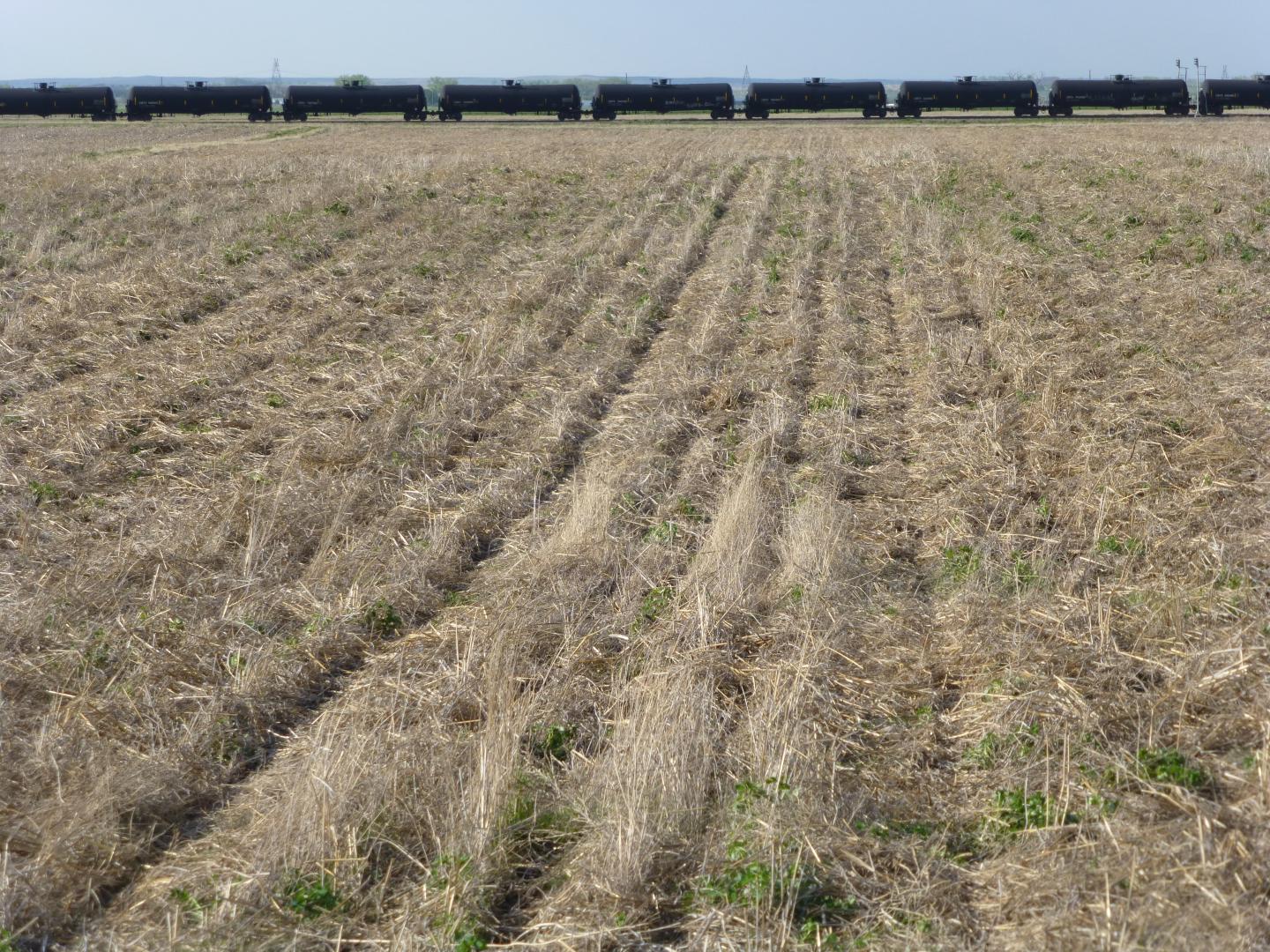
The Soil Health foundation consists of four principles which are: soil armor, minimizing soil disturbance, plant diversity and continual live plant/root
This article will discuss the first principle; soil armor.
In this first of four articles on soil health, it explains the concept of “soil armor” and why it is important for building soil health.
Soil armor or cover, provides numerous benefits for cropland, rangeland, hayland, gardens, orchards, road ditches, and more. Let’s take a closer look at some of the soil armor benefits:
- Controlling Wind and Water Erosion – armor protects soil from wind and/or water as it moves across the soil surface. It holds the soil in place along with valuable soil organic matter and nutrients.
- Evaporation Rates – armor reduces the soil evaporation rates, keeping more moisture available for plant use.
- Soil Temperatures – armor helps soils maintain a more moderate range of soil temperatures, keeping soil warmer in cold weather, and cooler in hot weather. Like us, the soil food web functions best when soil temperatures are moderate.
- Compaction – rainfall on bare soils is one cause of soil compaction. When rainfall hits the armor instead of bare soil, much of the raindrop energy is dissipated.
- Suppresses Weed Growth – limits the amount of sunlight available to weed seedlings.
- Habitat – provides a protective habitat for the soil food web’s surface dwellers

The picture above shows the residual armor after corn planting was completed at the Menoken Farm, located just east of Bismarck, ND. At a minimum, the armor should last until the new crop is fully canopied. How quickly this residue decomposes depends on the carbon/nitrogen ratio of the residue. High carbon residue (eg: wheat at 80:1) decomposes much slower than low carbon residue (eg: pea at 29:1). When we supply the soil surface with a diversity of residues from one year to the next, we can achieve the benefits of soil armor and still maintain a fully functioning nutrient cycle.
Continue Reading

